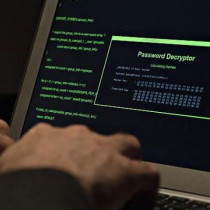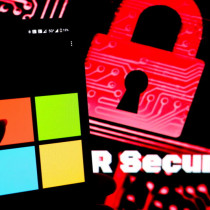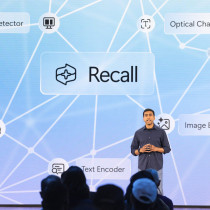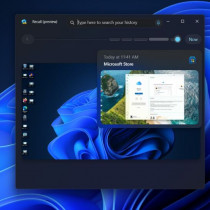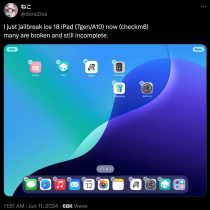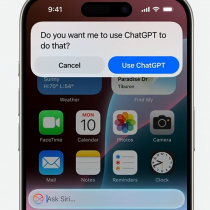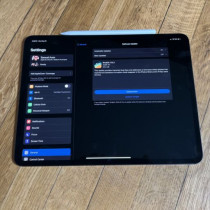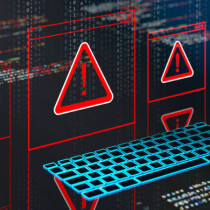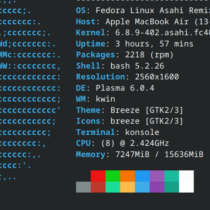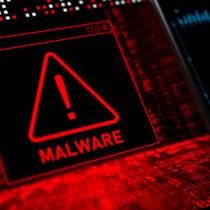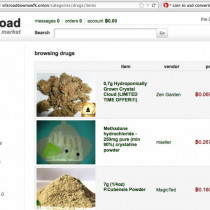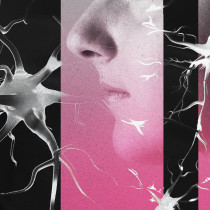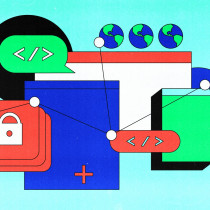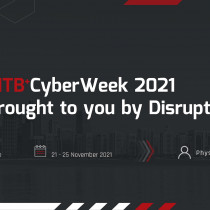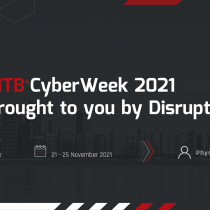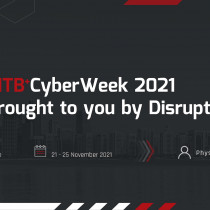Surviving a cloud-based disaster recovery plan

Jessica works at a nursing home in rural Nevada. Most of the software upon which the nursing home depends is cloud-based, such as the electronic health records database Jessica consults before she administers medications. “When there's a widespread network outage, we can't access the health records until it is fixed,” she says. “My understanding is that there’s basically one big cable into the valley, so there’s no easy way to have a backup network solution.”
Sure, the nursing home has a disaster recovery plan: a local system for printing paper records. But, Jessica says, “I don't believe the system is frequently maintained or tested or that new nursing staff is trained on it. For that matter, I'm not sure I remember my own password to it.”
Jessica’s situation isn’t atypical. It has become ever harder to get work done without an Internet connection. When the office Wi-Fi cuts out for an hour or a telco cable is cut by a fiber-optic-seeking backhoe, we all stumble around helplessly. Whether the disruption is the result of a construction mishap, a large-scale DDOS attack, or a natural disaster when connectivity is lost, everything screeches to a halt.

